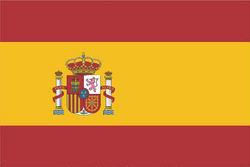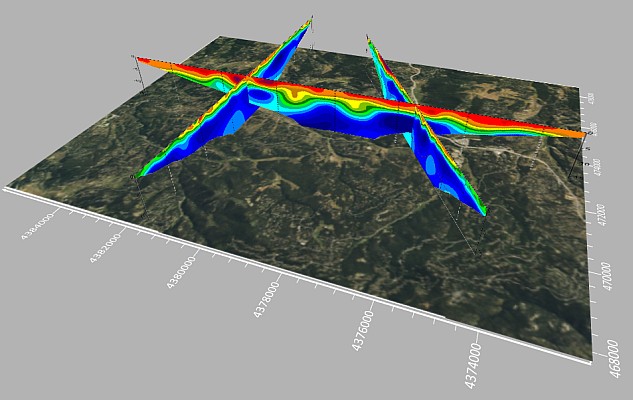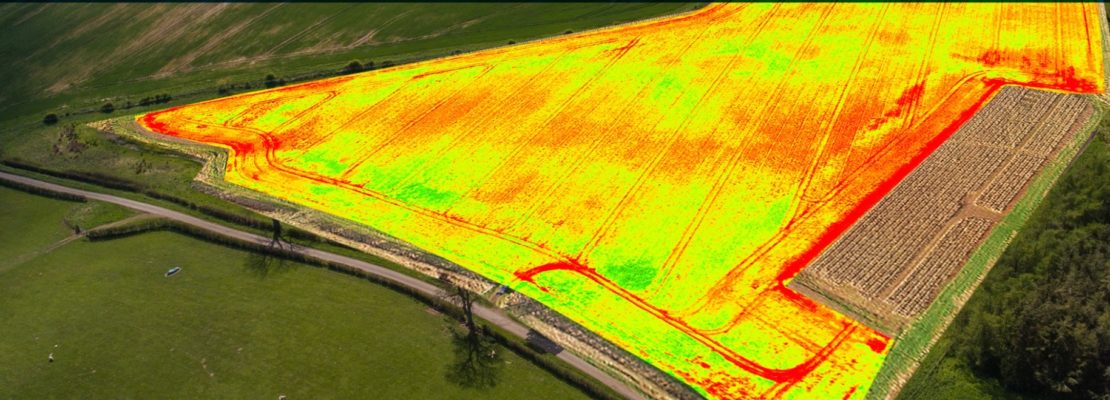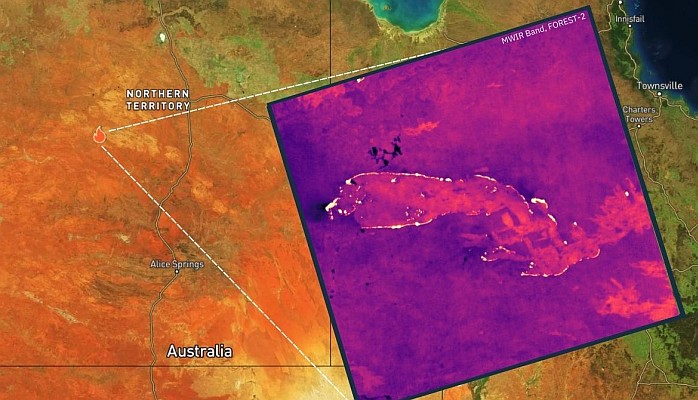 TatukGIS customer Useall Software in Criciuma, Brazil develops a complete portfolio of software solutions for the electrical power distribution industry.
TatukGIS customer Useall Software in Criciuma, Brazil develops a complete portfolio of software solutions for the electrical power distribution industry.
The Useall E2 COD and E2 MIG modules are designed to manage, operate, and maintain an electrical power network, with georeferencing of network assets from the substation plant to each consumer unit. The visual geographical representation provides detailed information about the type of each electrical line (cable type, material, gage…) and pole structure (height, material of construction…), with support for engineering functions such a monitoring and managing electricity load within the network. Useall products are currently used by approximately 60 electricity generation and distribution companies located in all regions of Brazil.
The graphical user interface includes features to simplify network management, including:
– Highlighting portions of the network (and customer connections) subject to an electrical outage.
– Visualizing the voltage profile while identifying critical points in the network.
– Planning and scheduling environment for network maintenance or expansion projects, with consideration of the effect of the project on the network.
Useall solutions rely on external technology that must be of a caliber to fulfill the demands of this kind of system. Oracle database is used for data storage – both the data registration and spatial geometric tables. The TatukGIS Developer Kernel (native Delphi DK-VCL edition) is used to develop the network geographic visualization environment. TatukGIS’s integrated support for the Oracle Spatial data structure is critical element of Useall solutions. TatukGIS support for the Oracle Spatial indexing features is excellent, delivering optimal performance in consideration of the complexity and size of this type of system.
Useall modules have approximately 14 layers, with the topography layer containing many types of data organized as single layer, enabling the user to choose what he wants to see inside this layer, e.g., rivers, roads, bridges, etc. With some implementations, the spatial database table contains more than one million registrations.
Useall system resources include:
– User customized visualization (colors, sizes, etc.).
– Real-time updating of network information.
– Analysis of the power flow conditions throughout the network, with color display of voltage and charging levels.
– Network project design, with cost budgeting.
– Planning module, with visualization of network conditions over future time horizons.
– Projection of network maintenance or expansion projects (scheduled outages), with visualization of the affected region.
– Management of emergency services (power failure) and commercial operations (connections, disconnections, etc.).
– Integration with asset control systems.
– Printing module.









